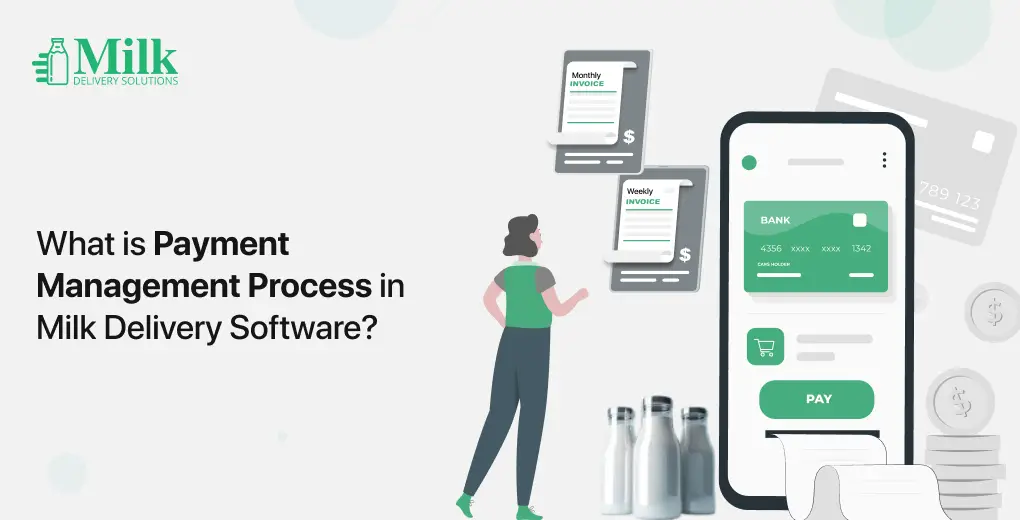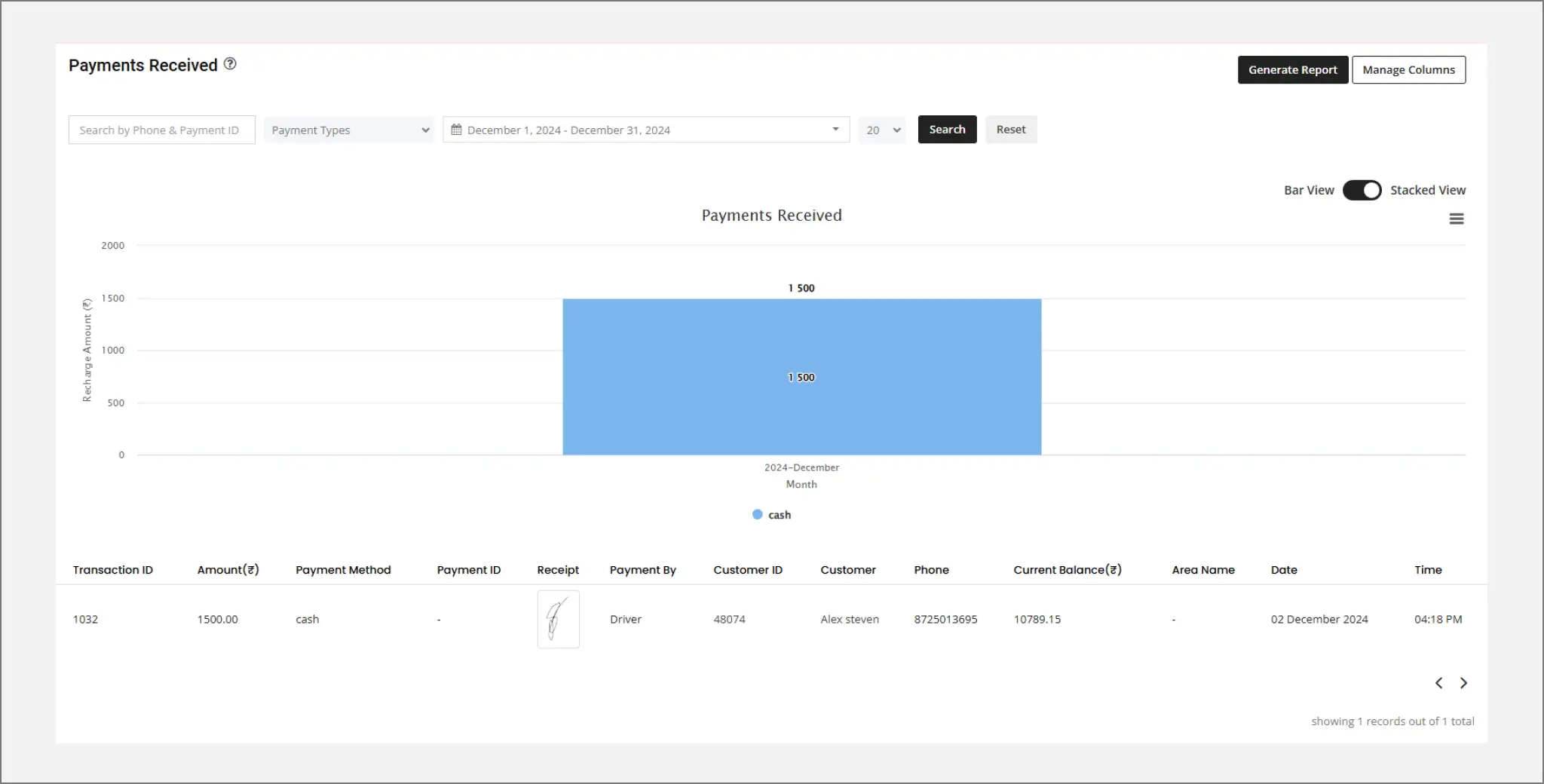What is the Payment Management Process in Milk Delivery Software?

Efficient payment management is essential for every business to keep its finances on track and the milk delivery business is no different. The milk delivery business deals mostly in recurring billing cycles as a subscription product. Milk Delivery Solutions (MDS) is a subscription-based delivery management software that enables you to manage payments efficiently.
This blog discovers how milk delivery software helps you manage payments, the types of payment models it supports, and the process involved in payment management.
The blog covers:
How does milk delivery software help in payment management?
Milk delivery software offers advanced payment management features that streamline and optimize payment collection and reconciliation. The features of this delivery management software are:
-
- Auto-generate invoices
- Sending invoices
- Link-based invoices
- Multiple payment options
- Payment reminders
- Reports and analytics
What payment models does milk delivery software offer?
Milk delivery management software offers flexible payment models and lets you choose based on your business requirements. The payment models offered are prepaid, postpaid, and hybrid.
Prepaid payment model
The prepaid payment model is a system in which the customers pay for orders in advance. These payments are made online, and the methods include in-app wallets, payment gateways (Stripe, PayPal, RazorPay, Google Pay, etc.), cards (debit and credit), and bank transfers.
Features of the prepaid payment model
-
- In the case of one-time orders, payments can be made from in-app wallets or other online payment methods.
- In the case of subscription orders, customers add money to their app wallet through payment gateways or other online transfers. This way, the customer transfers the money to the vendor, and the virtual money is displayed in the wallet. The virtual cash gets deducted with every successful order delivery.
- You can set the minimum required wallet balance to place a subscription order.
- When the wallet balance is low or zero, deliveries are auto-paused and resume once the payment is made.
Postpaid payment model
The postpaid payment model is a billing system in which customers receive orders or services and pay later. Depending on the billing cycle you define, bills are generated monthly or weekly and distributed via SMS, email, or WhatsApp.
Features of the postpaid payment model
The bills are generated based on the billing cycle defined and sent to the customers.
The payments can be made online or handed over to drivers.
Hybrid payment model
The hybrid payment model includes both prepaid and postpaid payments. The customers can choose their payment model.
Features of the Hybrid Payment Model
Customers recharge their wallets or prepaid orders, and the amount is deducted for every successful delivery.
For postpaid orders, you give your customers a credit limit to place orders and billing is initiated weekly or monthly, as defined.
The deliveries are auto-paused when the wallet balance or the credit limit is low or zero. The order deliveries get auto-resumed once the wallet is recharged or the invoice for the used credit limit is paid.
Step-by-step working of payment management in milk delivery software
Payment management in milk delivery software works differently for the payment models mentioned above. The step-by-step working of payment management with milk delivery software:
Step 1: Auto-generating invoices
The invoices are auto-generated based on the number of deliveries made. The invoice generation process might differ as the software supports three payment models.
-
- Prepaid – The payments are made before the order is placed. However, the invoice is auto-generated and includes the number of successful deliveries with paid status.
- Postpaid – The postpaid model follows a billing cycle and generates daily, weekly, and monthly recurring invoices.
- Hybrid – For the postpaid case, you define a credit limit for your customers. Once this credit limit is reached, invoices are generated. The invoices are generated at the end of the billing cycle with paid payment status for the prepaid model.
Step 2: Sending invoices
You can send invoices via SMS, email, or WhatsApp. The invoices are sent at different events for different payment models.
-
- Prepaid – The invoice is sent at the end of the billing cycle; however, the payment status remains paid.
- Postpaid – The invoices are sent at the end of the billing cycle with the payment status as pending.
- Hybrid – For postpaid customers, invoices are sent to customers with pending payment status and paid payment status for prepaid customers.
Step 3: Payment collection
The system offers multiple payment options, including online and in-cash. The online payment options include payment gateways, cards, and wallets.
-
- Prepaid – This payment model supports only online payments. If the wallet balance is insufficient or goes to zero between the deliveries, the deliveries are auto-paused and resumed once the wallet is recharged.
- Postpaid – Customers can make online or in-cash payments. Cash payments can be handed over to the drivers, who collect and record the cash amount or the transaction ID.
- Hybrid – For prepaid, as the payment has already been made, the customer only receives the invoice with paid status. In the case of postpaid, the customers can pay online or in cash.
Conclusion
Implementing this delivery software with our milk delivery app development services can help you develop a solution that perfectly fits your brand. We can help you define and configure preferred payment models, among other operational types. Book a demo to find out what else Water Delivery Solutions has to offer.






